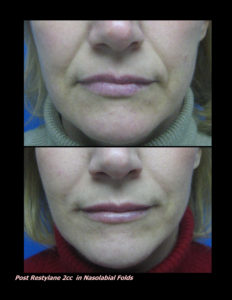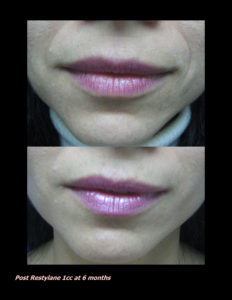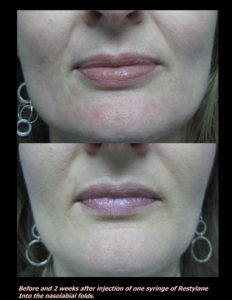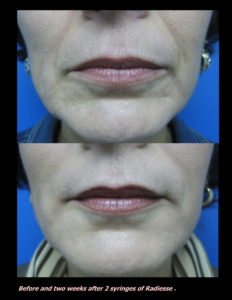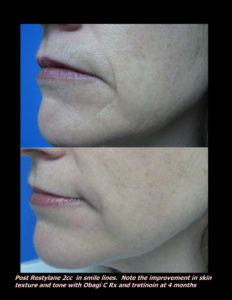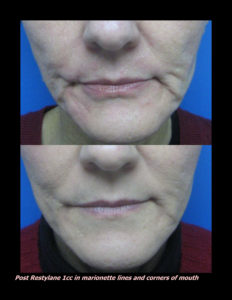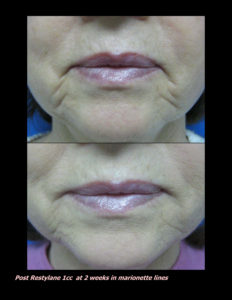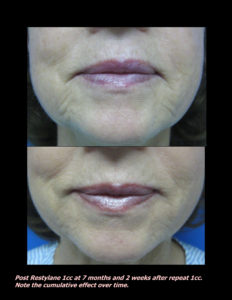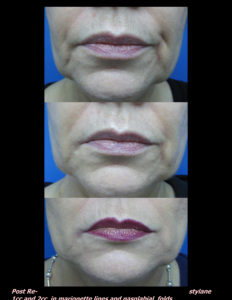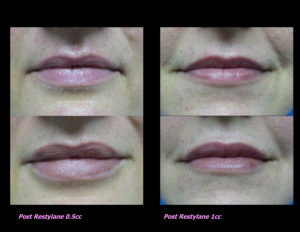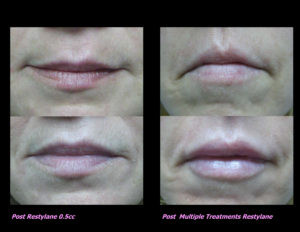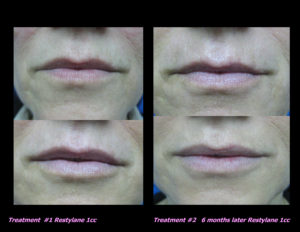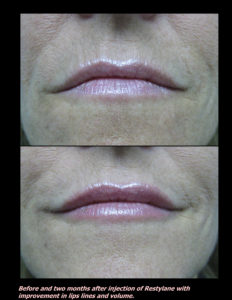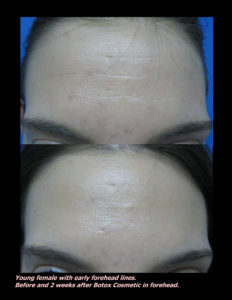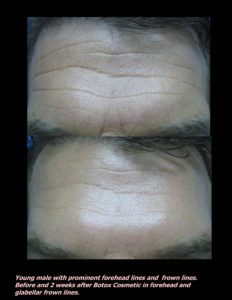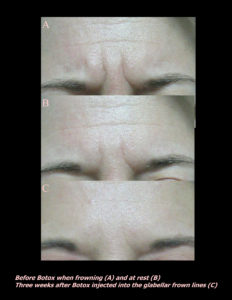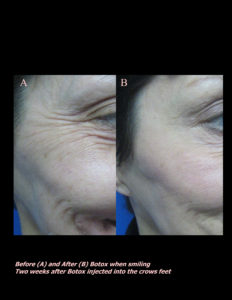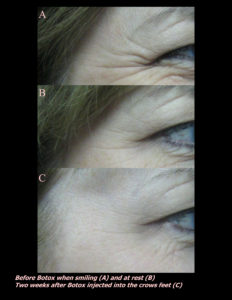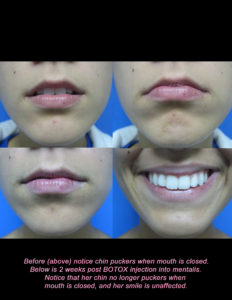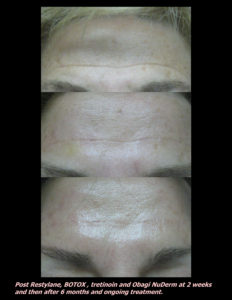If you are asking, “What is slime?”, you must not know a child under age 12. If you do know a child under 12, read on, because before you know it, they’ll want to make slime.
Personally, I despise slime. I realize despise is a strong word, but it is messy, very messy. It is messy to make and stains clothes, furniture, and carpet. I haven’t even started on the smell.
Slime is a gooey, sticky mess that kids love to make, customize, sell to their friends, and use up all your Tupperware with old batches that they refuse to throw away. I’m not a fan.
But, they’re only kids once, and they should have fun, right? Except that it can cause a bad rash. To be honest, I’ve never seen a rash from slime, but it is a better excuse to despise it than any of them I’ve given you thus far.
What ingredients are in homemade slime? There are many commercially available pre-made types of slime, but most of the reported rashes have been from the homemade version. There are tons of different recipes, but most contain Borax, Elmers glue, coloring, and scent.
Borax or boric acid. A common household cleaning ingredient and a preservative in many products is a common component of slime. Boric acid is usually blamed for the adverse skin reactions to slime, but more recent scientific reports have suggested the glue is the problem.
Elmers Glue. As an old household favorite, but it wasn’t really designed to have extensive contact with the skin. It contains a common, well-known allergen that causes a poison-ivy like allergic reaction. The culprit ingredient is known as MCI/MI ( methylchloroisothiazolinone/Methylisothiazolinone) is a preservative that is well-known to cause allergic reactions. It can also go by the names Kathon CG and Euxyl K100.
Food coloring or other coloring. Usually not the allergen, but part of the mess!
Scent or Fragrance. Kids use all kinds of things, perfume, hair products, lotion, and oils to give their slime concoction a unique scent. There are tons of possible fragrance allergens.
If your child is a slime lover and has a stubborn rash on the hands, set aside the slime. You can test the individual ingredients in a small area on the arm to determine what is causing the problem. Remember, for this type of reaction, it will take 4-7 days for the rash to appear after exposure. If the rash persists or you are unable to pinpoint the problem, patch testing can be done in a dermatologist’s or allergist office.
How about you? Love or hate slime?
If you know someone who may find this article helpful, please share it with them! Follow us on social media this week, and subscribe to our growing YouTube channel!
If you would like to receive these posts in your email inbox, Subscribe to our Site.
|


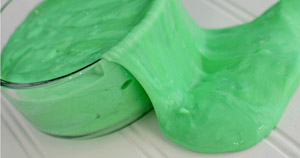









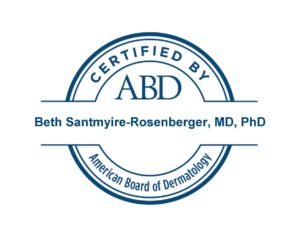

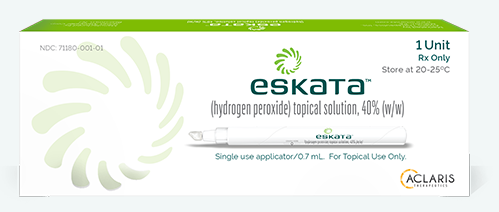

 Laser Vein Reduction Treatments
Laser Vein Reduction Treatments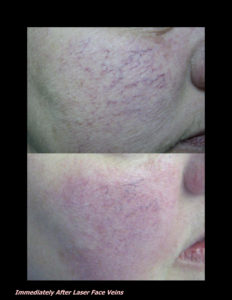
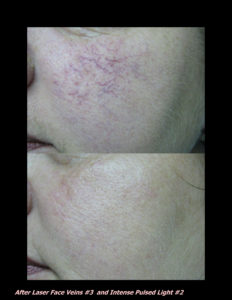
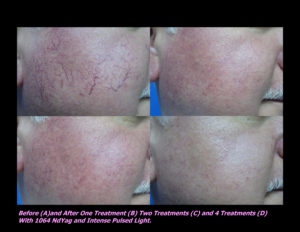
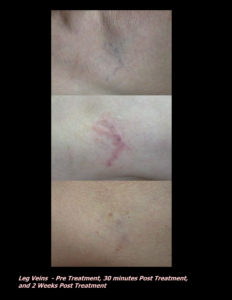
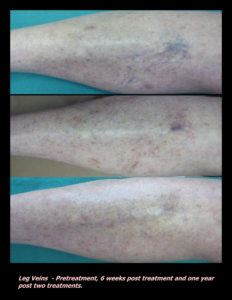
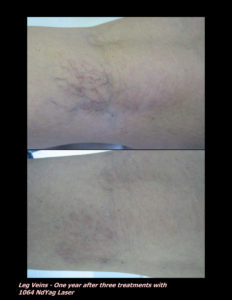
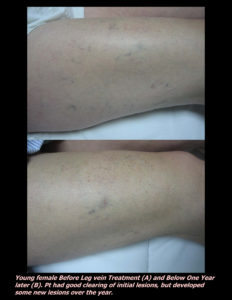
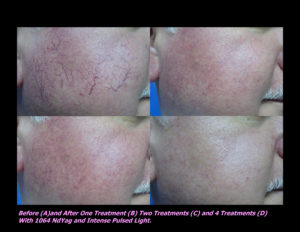
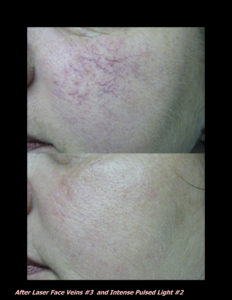

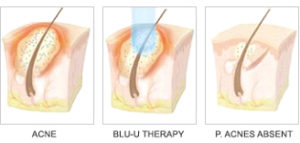

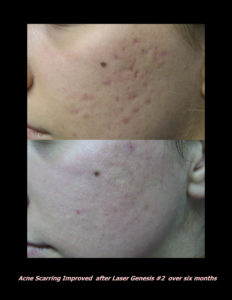
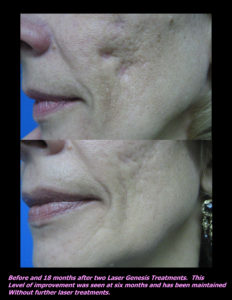


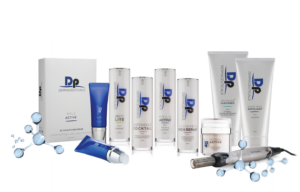 DP Dermaceutical Products
DP Dermaceutical Products



